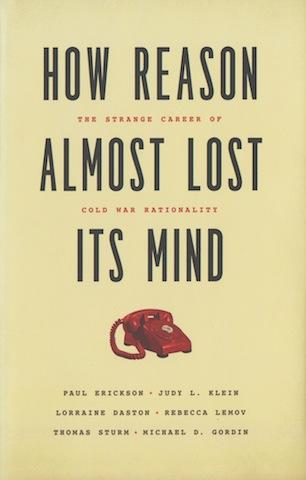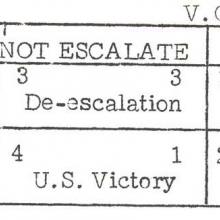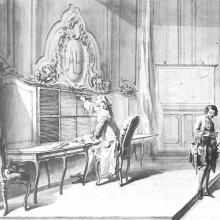A loose conglomerate of game theory, nuclear strategy, operations research, Bayesian decision theory, systems analysis, rational choice theory, and experimental social psychology, Cold War rationality in its heyday seemed the last, best hope for the unification of the human sciences and the recipe for their successful application to everything from diplomatic negotiations to agricultural price-setting to social stability. This brand of rationality was very much the product of a specific time and place: the United States at the height of the Cold War, roughly between the bombing of Hiroshima and Nagasaki in August 1945 and the early 1980s. From the middle of the 1970s, as the advent of President Richard Nixon’s détente took some of the intense terror out of the nuclear standoff, and especially with the ignominious collapse of the American war in Vietnam, much of the bloom came off the rose with respect to the “action intellectuals” of the 1960s, who promised that their new rationality would secure victory on all fronts. The distinctive combination of stripped-down formalism, economic calculation, experimental microcosms, and towering ambitions that characterized Cold War rationality bore the stamp of an equally distinctive moment in the history of the American human sciences. Lavish funding, new institutions like the RAND Corporation that straddled university, military, and industry, networks woven by select summer schools and conferences, and, above all, the sense of urgency created by the threat of catastrophic war or even human annihilation—all these set the stage for Cold War rationality.
The members of the Working Group were Lorraine Daston, Paul Erickson (Wesleyan University, USA), Michael Gordin, Judy Klein (Mary Baldwin College, USA), Rebecca Lemov (Harvard University, USA), and Thomas Sturm (Universitat Autònoma de Barcelona, Spain).




